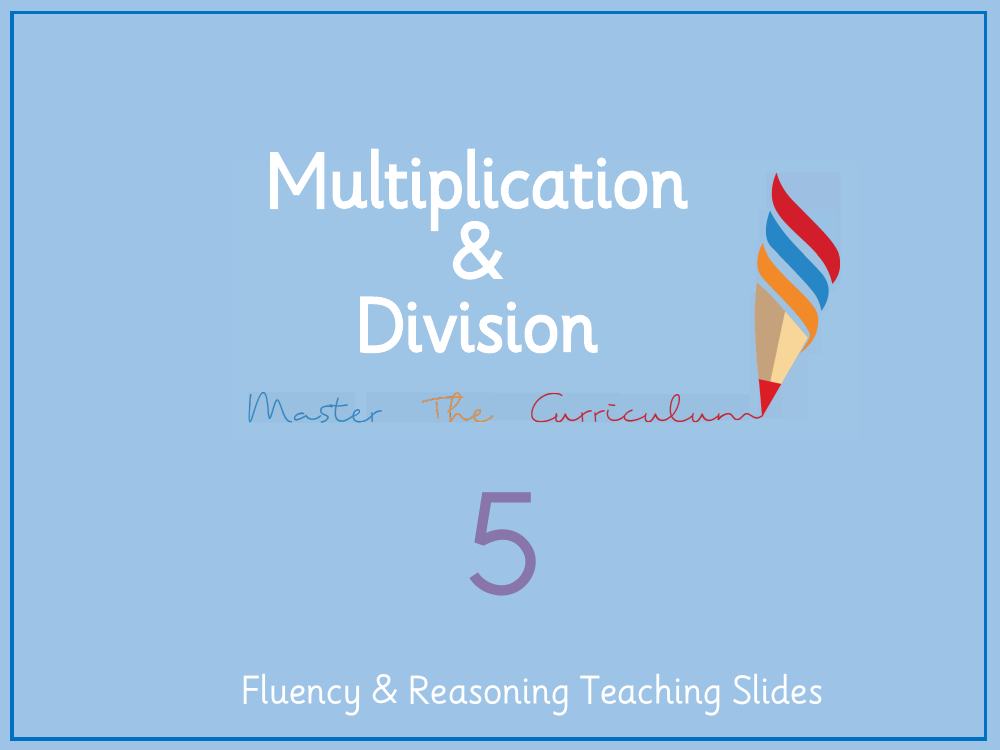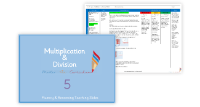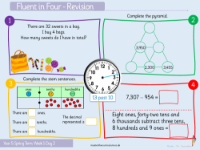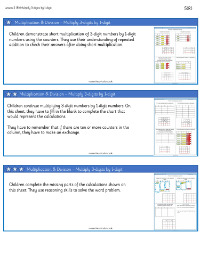Multiplication and Division (2) - Multiply 3-digits by 1-digit - Presentation

Maths Resource Description
The lesson on multiplying three digits by one digit is a step up from the previous knowledge of multiplying two digits by one digit. It aims to help students understand and apply multiplication skills to larger numbers. The lesson starts with a discussion on what is similar and different between multiplying two digits by one digit and three digits by one digit, using examples such as 23 x 4 and 384 x 3. Students are encouraged to think critically about the process and to articulate their understanding. The lesson then moves on to practical activities where students use place value counters to represent hundreds, tens, and ones (H T O) and to complete calculations such as 206 x 3 and 235 x 5. These activities are designed to reinforce the concept of multiplication and to help students visualise the process using a hands-on approach.
Further into the lesson, students are presented with real-world problems to solve, such as calculating the total number of sweets in packets or the total number of pages read in a reading competition. For example, if a shop has 365 packets of sweets, with each packet containing three sweets, students must multiply to find the total number of sweets. The lesson includes reasoning tasks where students must spot mistakes in calculations and explain the correct method. For example, they might compare two students' work, Malachi and Tia, who have completed the same multiplication problem but arrived at different answers. This encourages students to critically analyse the work and understand the importance of correctly carrying out multiplication, including exchanging when necessary. Independent work tasks further consolidate learning, asking students to solve calculations using place value counters and to apply their understanding to various multiplication scenarios.




